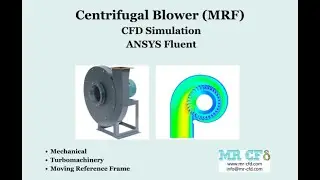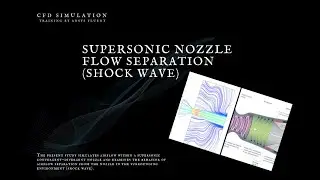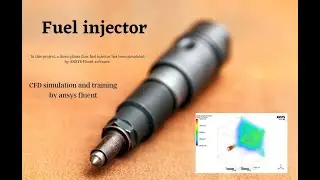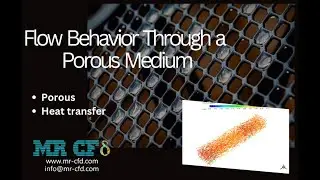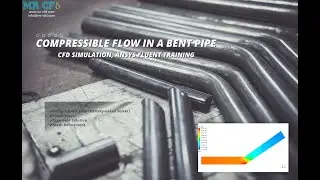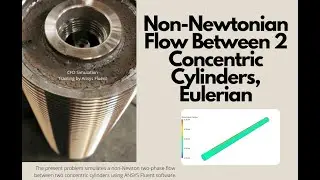Boat Propeller Cavitation | CFD Simulation Tutorial
Cavitation is a phenomenon in which the static pressure of a liquid drops below the vapor pressure of the liquid, leading to the formation of small voids filled with vapor in the liquid.
When these cavities are subjected to higher pressures, they collapse and can create shock waves that may damage machinery. These shock waves are strong when close to the bursting bubble, but weaken rapidly as they propagate away from the burst.
Cavitation is an important cause of wear in some engineering fields. Collapsing cavities that explode near the metal surface cause cyclic stress through repeated bursting. This leads to fatigue of the metal surface, which causes a type of wear also called "cavitation".
The geometry of the present project is designed in Design modeler and meshed in ANSYS Meshing software. The mesh type is unstructured and the element number is equal to 2,446,879.
The Mixture multiphase model was used in this project to simulate the cavitation occurring in the vicinity of propeller’s blades. Cavitation occurs due to the pressure drop on one side of the blades. Schnerr-Sauer model has been enabled to simulate the cavitation and vaporization pressure limit was set to 3540 Pa.
Furthermore, SST k-omega model is used to solve for the turbulent fluid equations. This model provides higher accuracies when simulating external flows. The mesh motion option was also enabled to model the propeller’s physical rotation. The present study is performed in transient format and 3D.


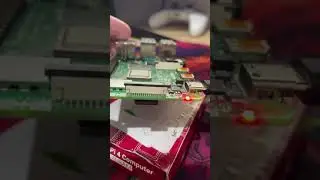
![2021 Oscar Nominee Predictions [EPISODE 30]](https://images.videosashka.com/watch/OsZ1VQddIFw)



![[FLASHING LIGHTS] Dead Air OST - Plumber comatose](https://images.videosashka.com/watch/WvfcDWbM2E4)
